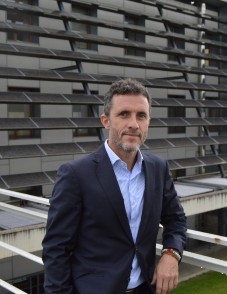The design risks increase significantly for large 10-20MW wind turbines, in particular for offshore applications. Increasing rotor size significantly contributes to reduce the cost of energy while at the same time increasing the capacity factor of the wind farms. The larger the turbines need to become, the more optimised and thus flexible the structure becomes and materials are utilised to their limits, thus loads and fluctuating loads must be handled and controlled more carefully. For this reason even more advanced and accurate design and analysis tools are required from an integral design perspective or system engineering approach. These models should include issues as large blade deflections and deformations, more extreme inflow wind conditions, wave loading of (floating) support structures, applied to steadily more cost-effective and possibly new designs. High performance computing should enable the implementation of high fidelity tools in the design process. The coupling to control of wind turbines is essential for the design and evaluation of large flexible blades.
The field of research in SP Aerodynamics, loads and control is among others
Wind turbine aerodynamics; the modelling of the wind flow around the rotor, the energy extraction from the wind flow, the design of rotors and the impact of the rotor on the wind power system.
Loads and structural design; the design of the turbine is a combination of aerodynamics, aeroelasticity, structural dynamics, wind turbine control and material response.
Wind turbine control; handling loads and optimising power production by advanced control, in an integral wind turbine design control is an essential ingredient that ensures cost effective solutions.
